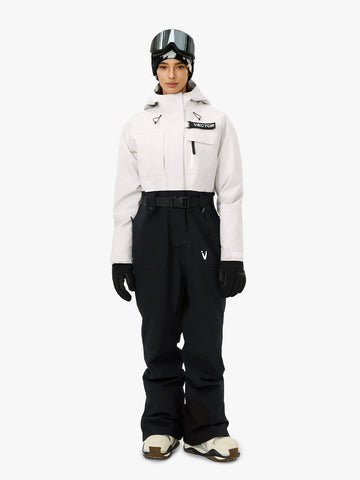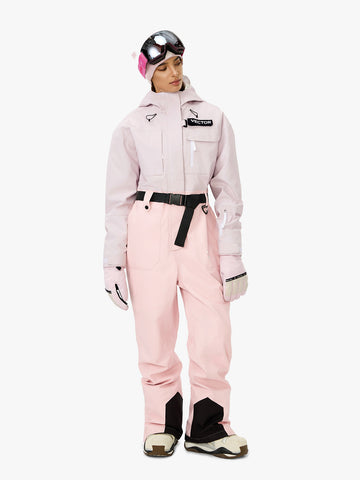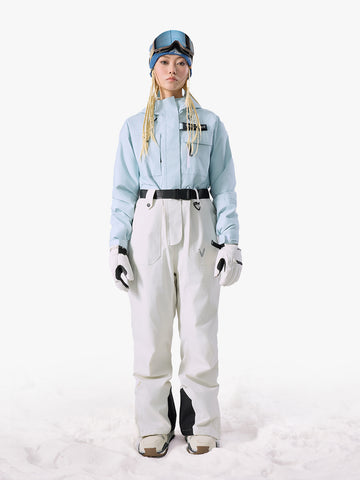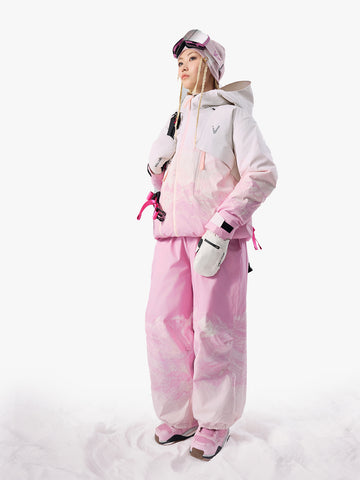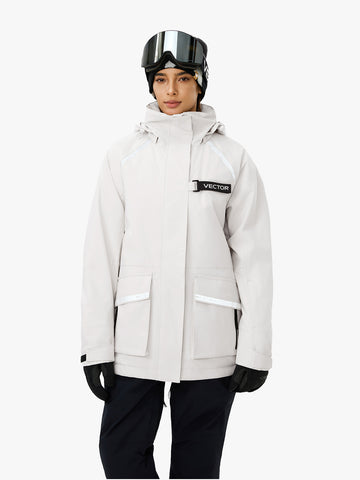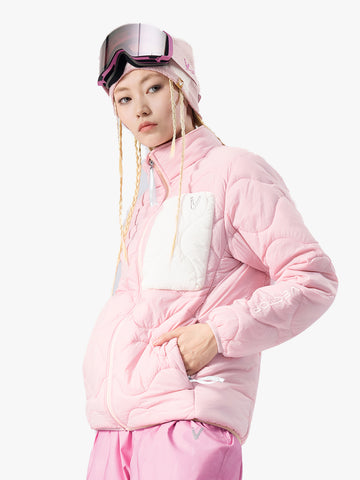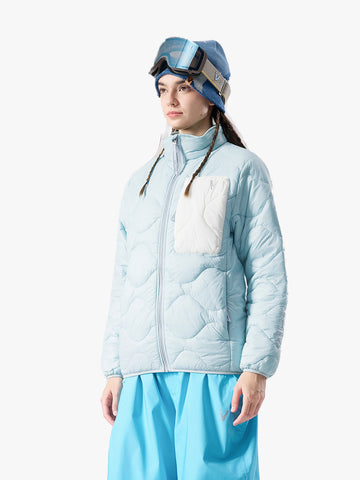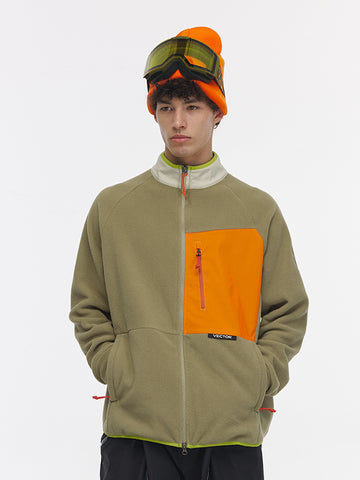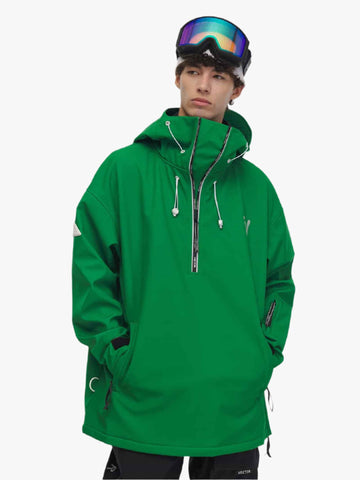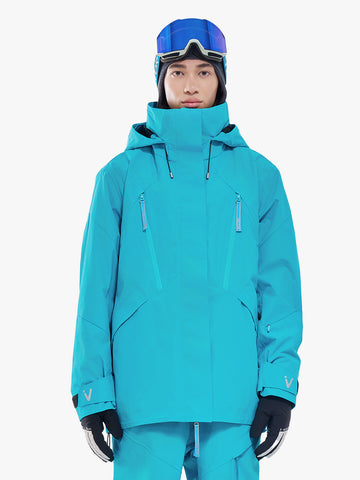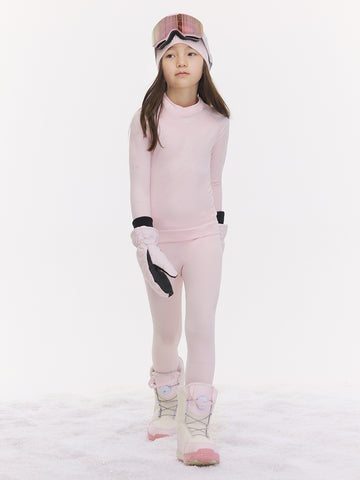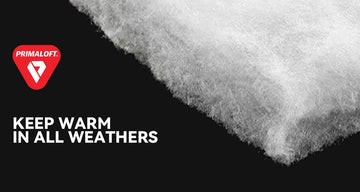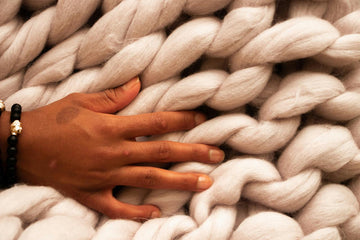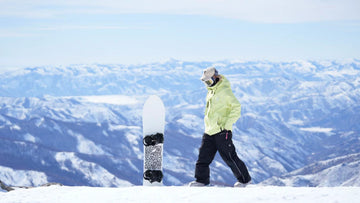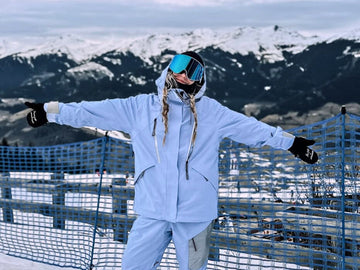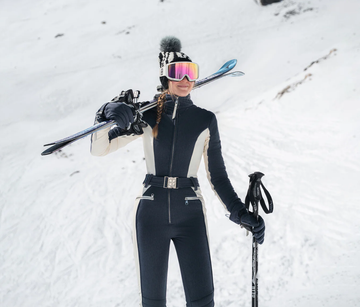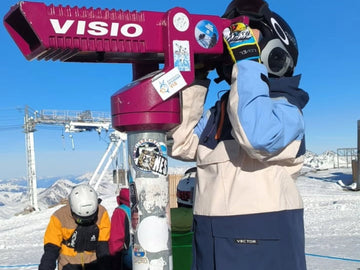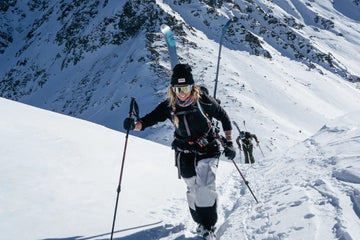Winter has arrived, and the snow is calling—are you prepared? Amid the excitement of selecting stylish skis and snowboards, it's crucial not to overlook the significance of proper attire. The focus often leans towards the upper body, but the lower body is equally vital. While the "style" of ski wear matters, neglecting functionality may result in a stern lesson from nature. Let's delve into what goes under your ski pants, whether it's the reliable snowboard bib pants, classic ones like black ski pants, or perhaps the trendy leopard snow pants!

Basic Dressing Strategy:
Usually, we use the "three-layer" dressing method, with the inner layer as the base layer, the middle layer for insulation, and the outer layer for wind and waterproofing, each with its own function. In relatively warm snowy weather, above minus ten degrees Celsius, we can remove the insulating middle layer. In deep winter, when it's extremely cold, below minus twenty degrees Celsius, we can add another insulating middle layer. The multi-layer dressing method allows us to maximize the use of clothing and adaptability in various weather conditions, by adjusting the number of layers to regulate the temperature difference between the body and the outdoors, ensuring a consistently comfortable experience.
The multi-layer dressing method may seem simple, but in reality, there are many techniques and considerations in the selection process, so let's analyze each layer.
Base-Layer
As the innermost layer of clothing that touches the skin, many people's first reaction is to choose comfortable cotton clothing. However, when skiing, despite the low temperatures, there is a high level of physical exertion, leading to significant sweating. Cotton clothing does not dry easily when wet, and can actually make you feel cold. Therefore, it is best to choose quick-drying clothes made of polyester fiber or merino wool, both of which provide firm compression and have the ability to absorb moisture, wick away sweat and prevent chafing, helping to keep our bodies dry and prevent catching a cold.

In addition to the fabric, we also need to consider the length of the base layer clothing. Most ski socks are already high enough, so it is best not to choose base layer snow pants that are too long. 6-7 length pants are ideal. If the area where the socks and snow pants overlap is inside the snow boots, it may cause additional friction on the calves during skiing, which could lead to blisters.
Mid-Layer
The middle insulation layer is between the inner and outer layers and mainly serves to keep you warm. Fleece pants can be an excellent mid-layer for ski pants because they perfectly combine lightweight and warmth. Fleece pants not only help you maintain optimal body temperature control but also help maintain a certain degree of breathability, which is essential for skiing.
Shell
The outermost layer worn during skiing is our shell layer, which is also the most expensive clothing in our multi-layer clothing. Generally, fabric with a waterproof membrane, and one of the advanced options is Dermizax™, which have waterproof, windproof, and breathable properties to protect us from wind and rain in natural conditions and work together with the base layer's quick-drying layer to breathe and remove sweat from the body. In harmony with the previous layer, some snow pants with built-in insulation are also excellent. Of course, the thickness of the insulation layer should be self-evaluated based on weather temperature and personal heat generation. The lower end of the snow pants usually has a separate small inner layer to prevent snow, but please do not tuck this small layer into the snow boots. The elastic band at the bottom of this layer is meant to be worn outside the snow boots. Tucking it inside can easily cause the same problem as overlapping the base layer with the snow socks inside the snow boots.
In Conclusion
Base layer and shell are essential, and the middle insulation layer can be purchased based on temperature. Currently, ski clothing production technology has matured, and there are many choices. Choosing high-quality products manufactured by reputable brands is always a reliable choice. We hope this article is helpful in your selection.
FAQ:
Q: Is synthetic material or wool better for the base layer?
A: Polyester fiber is usually best for those who have no problem keeping warm, those who want to improve their activity level through park riding or outdoor riding, or those who produce a lot of sweat because they do not retain moisture. Merino wool is more suitable for those who want loose-fitting base layer clothing, like a comfortable and warm feeling, or just like the natural fiber feel on their skin.
Q: Should we also pay attention to the fabric selection of underwear?
A: Yes, it is best to choose polyester fiber fabric, which can absorb moisture and wick away sweat, helping you to move without worry.
Q: Should I wear pants under my snowboard pants?
A: Reserve your track pants, leggings, and other moisture-absorbent bottoms to wear beneath your snow pants. Avoid jeans altogether, as their lack of flexibility, combined with the additional layer of snow pants, might cause stiffness, hindering your ability to turn and maneuver on the slopes.
Reference:
https://snowlink.com/what-to-wear-under-snow-pants/
https://www.tripsavvy.com/what-to-wear-under-ski-pants-3008709
https://www.curated.com/journal/1519000/what-to-wear-under-your-ski-pants
https://www.ridestore.com/mag/what-to-wear-under-ski-pants/
https://www.rei.com/learn/expert-advice/what-to-wear-skiing-and-snowboarding.html
